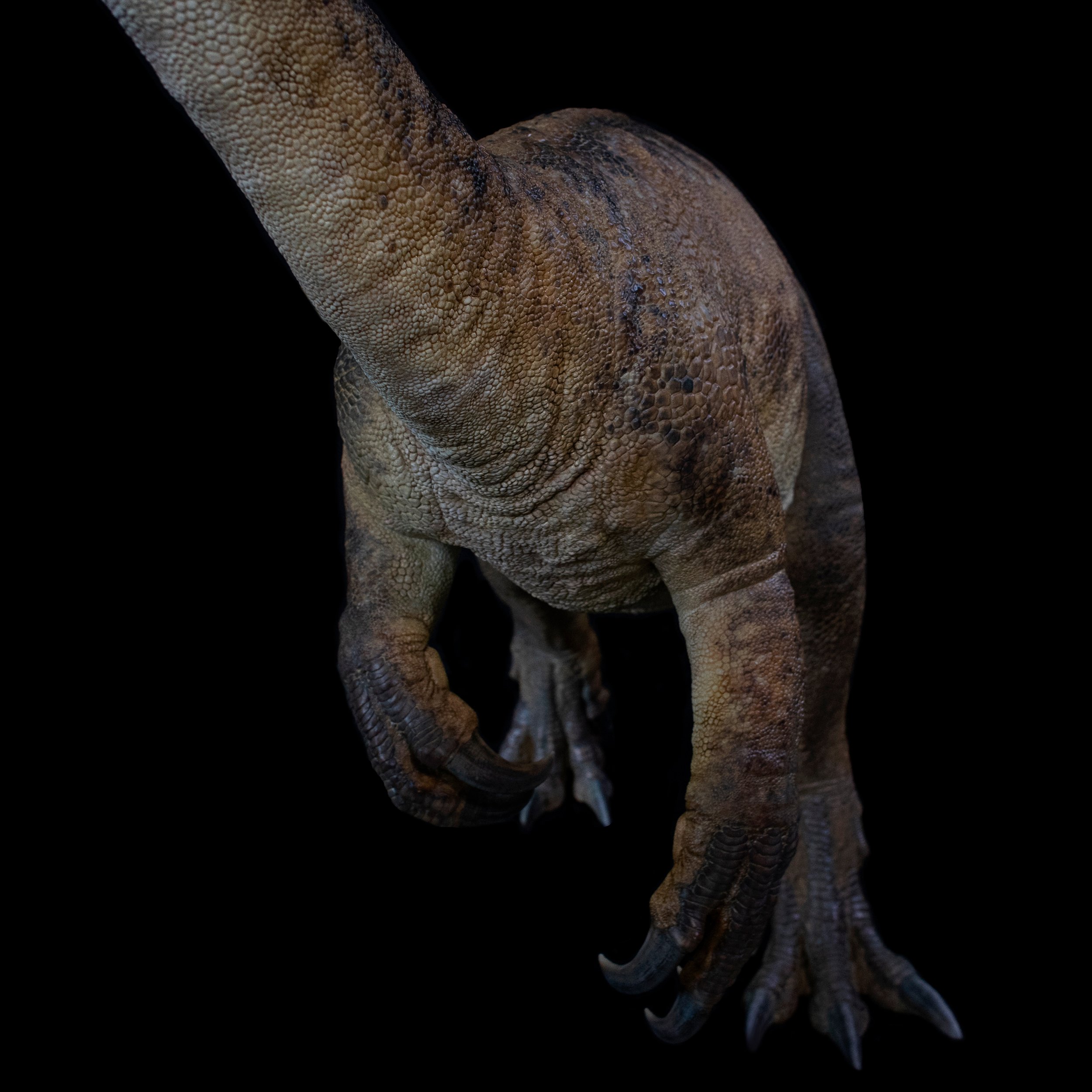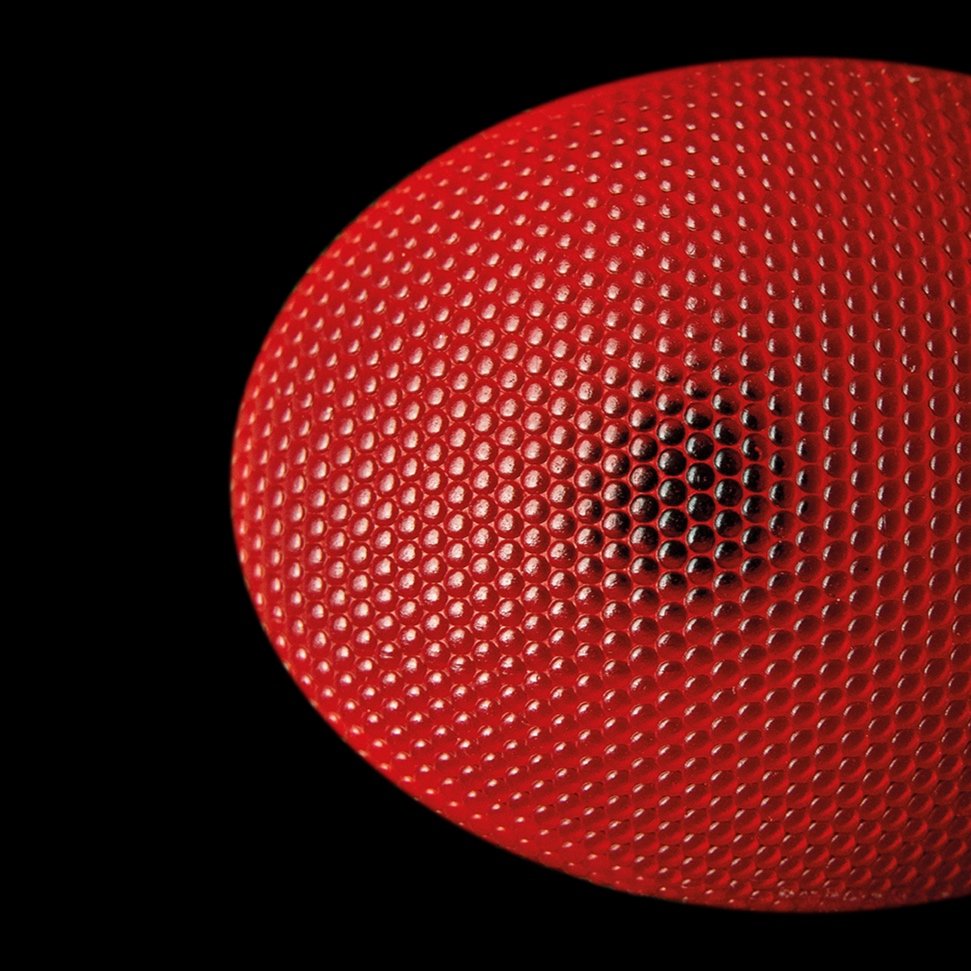How we work
Making a scientific model isn't a sprint, it's a marathon. We start by hitting the books and scientific articles (and our hefty contact list of experts), gathering all the intel we can. Then comes the game plan - breaking down the model, choosing our techniques, and nailing the look.
Our plankton models are a little like icebergs - there's a lot going on beneath the surface. We've got to consider muscles, organs, pigments - the whole inner workings. We build it all up, piece by piece, layer by layer. It's a bit like crafting a Babushka doll, but way more complex and definitely less grandmotherly








